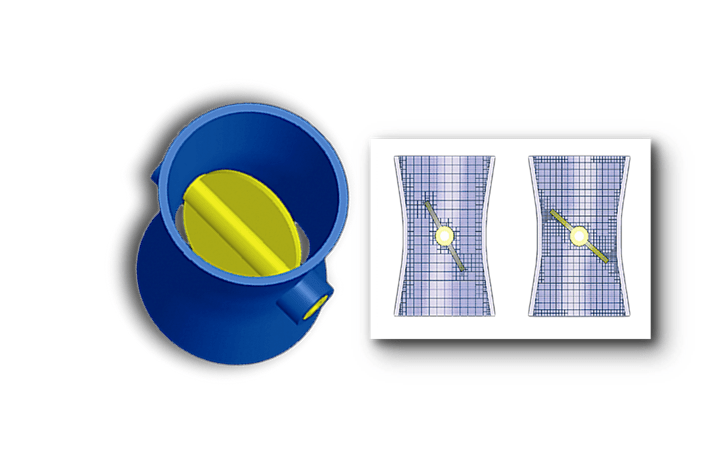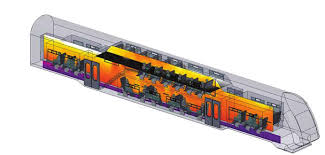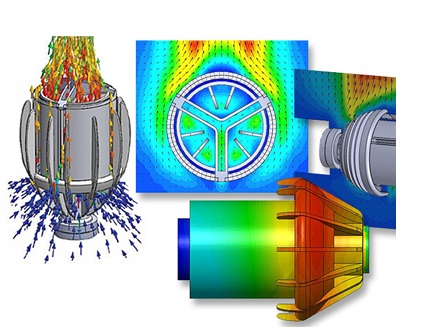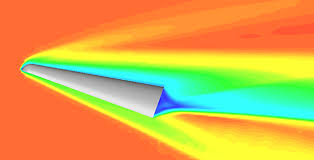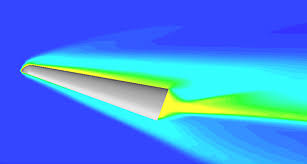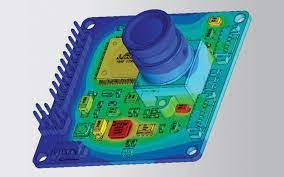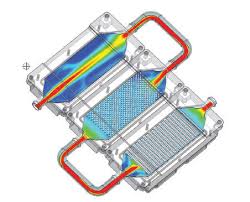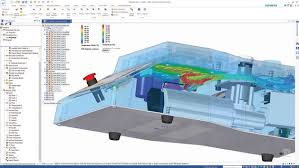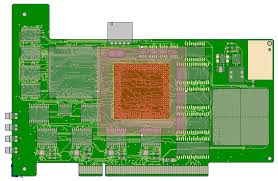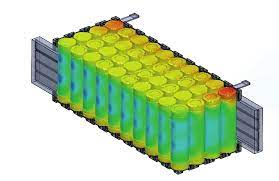SIMCENTER FLOEFD
Simcenter FLOEFD is an award-winning frontloading CFD solution built into major MCAD systems such as Creo, CATIA V5, Siemens NX, Solid Edge and SolidWorks. Fully embedded in the PLM design environment, and with its unique automation technologies, Simcenter FLOEFD helps engineers to both frontload CFD and carry out parametric studies throughout the complete manufacturing processes. Simcenter FLOEFD can help reduce the overall simulation time by as much as 75% and enhance productivity by up to 40x.

